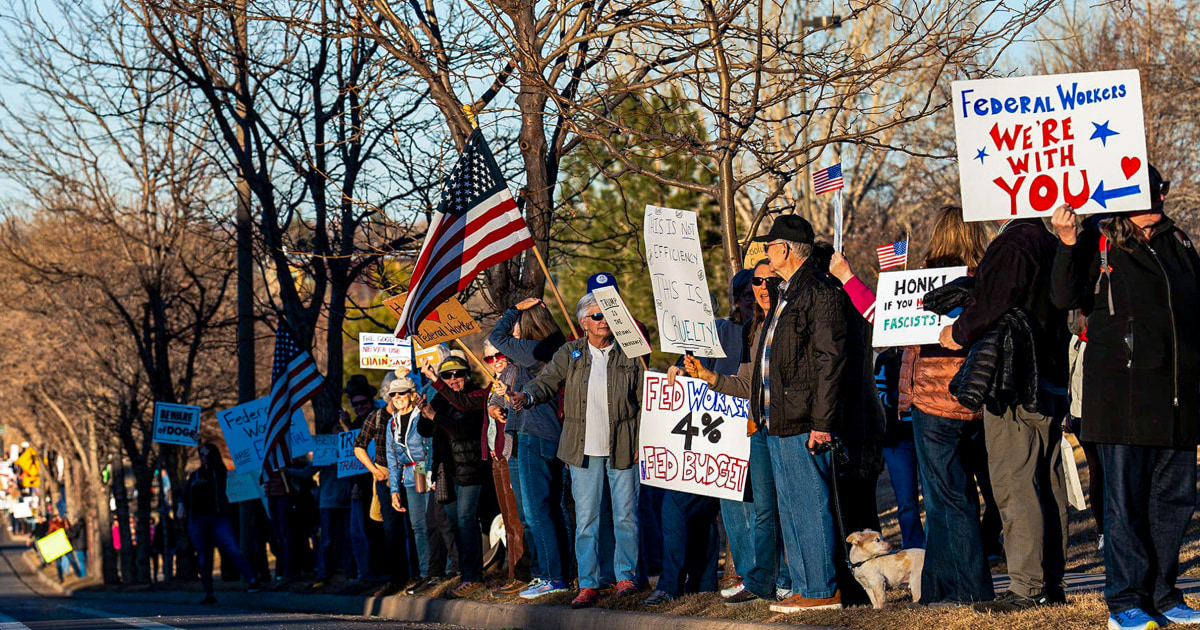NewsVine_Mariyam
Diamond Member
It's a very unbecoming look to blame other for your own ignorance.Suddenly leftards are sticklers for procedure?
Leftards are the kings of astroturf. Hollywood. Show trials. FBI raids with the media in tow. Show biz. Fake reality.
